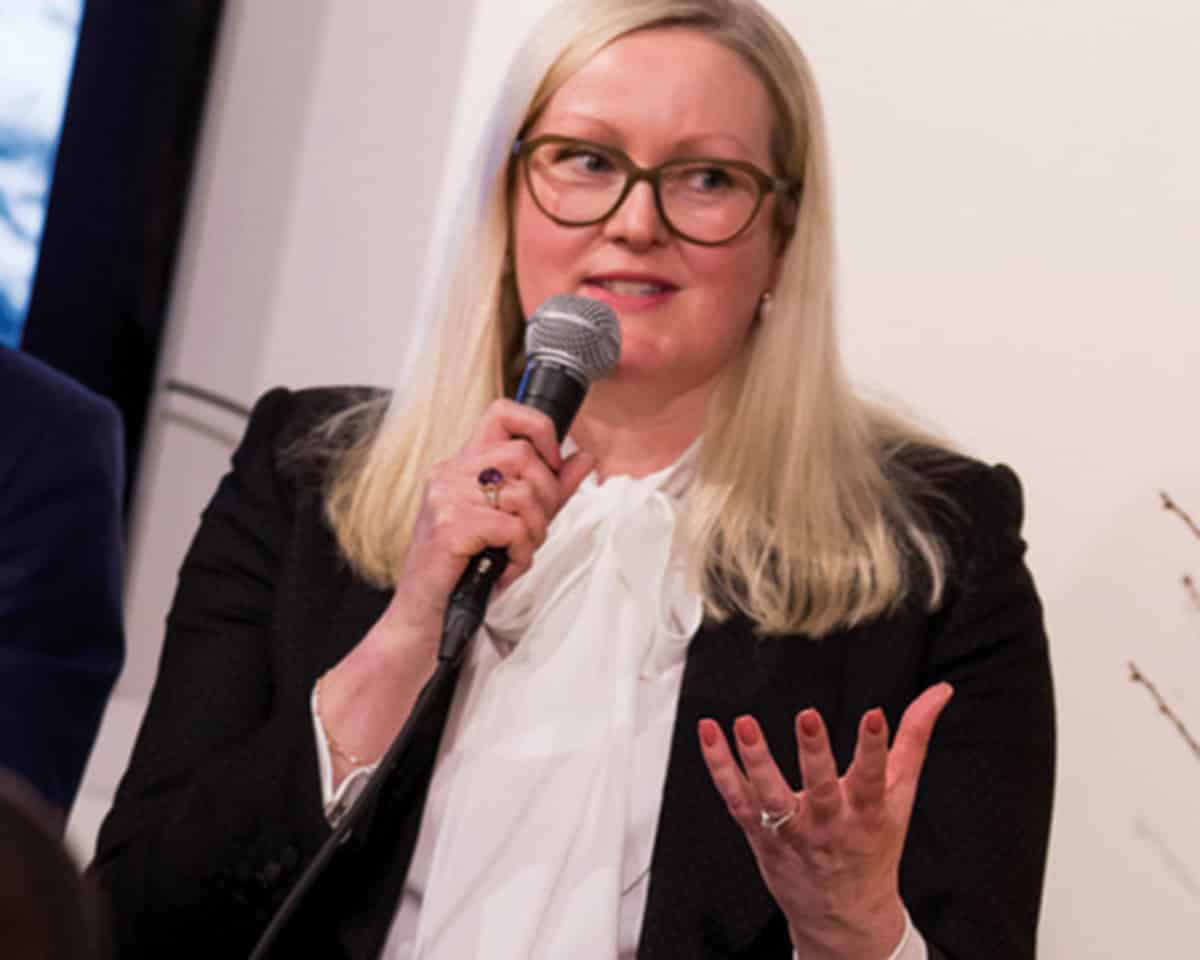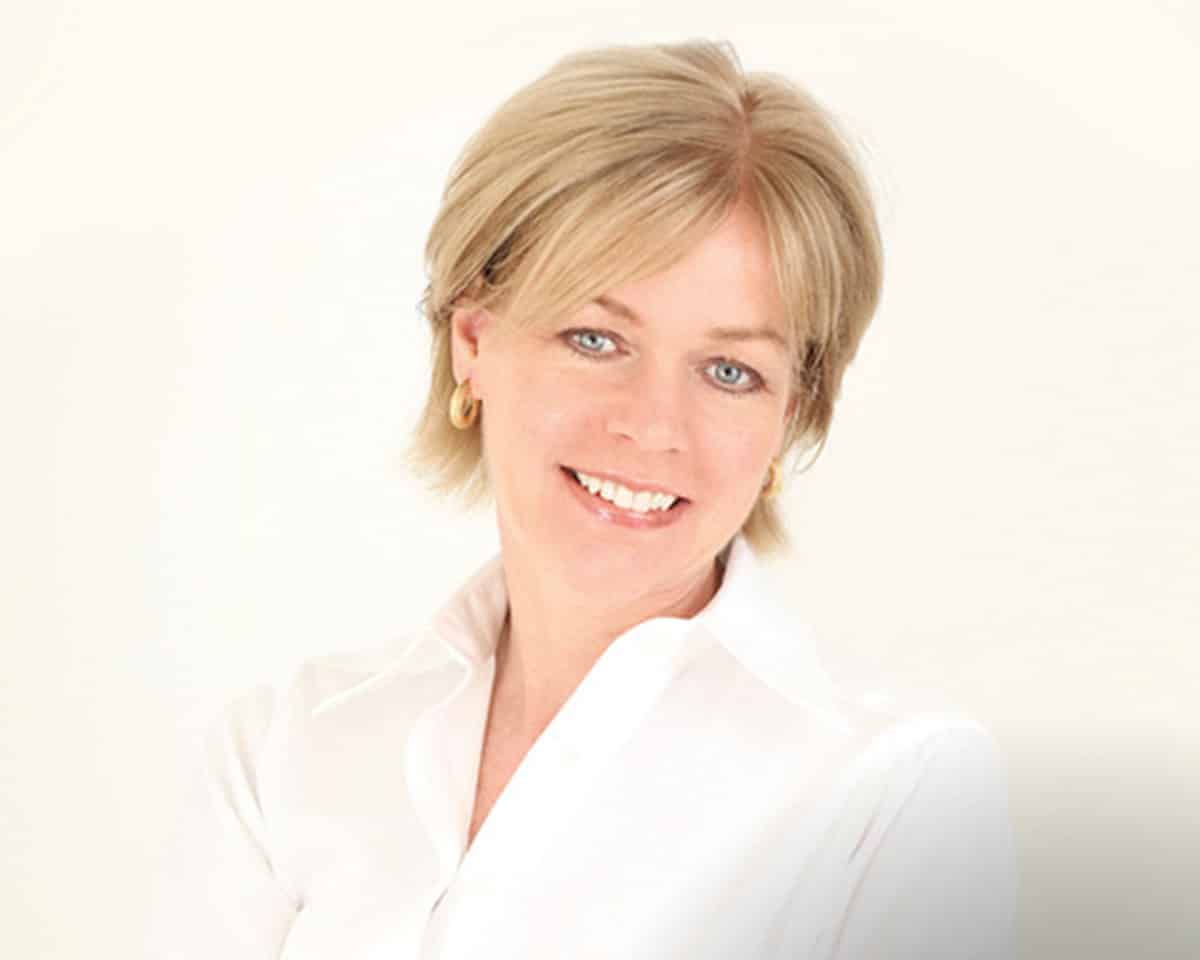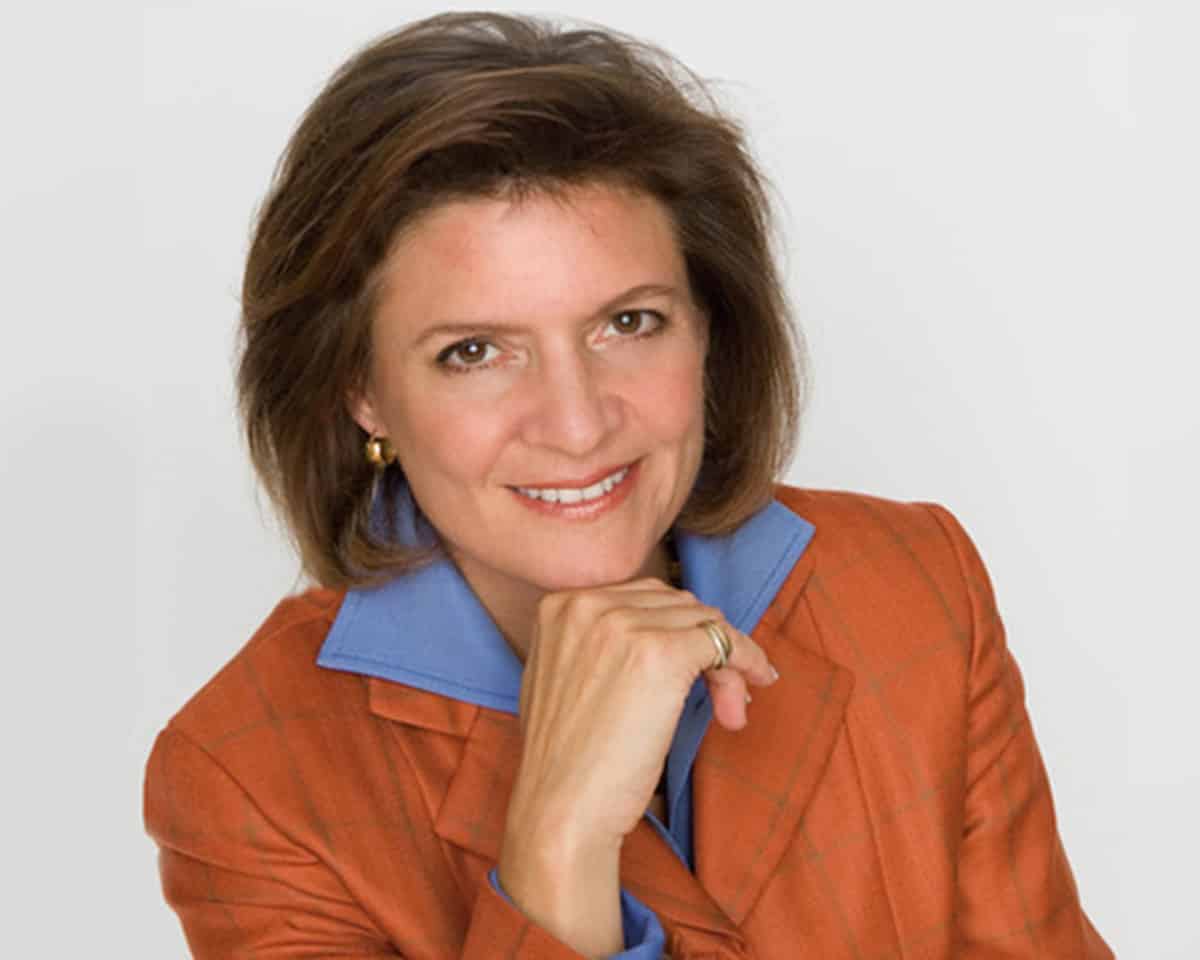CELEBRATING WOMEN’S HISTORY MONTH WITH GLADSON NEW YORK AND HUDDERSFIELD FINE WORSTEDS, DAY ONE

Gladson New York, with its sister company Huddersfield Fine Worsteds, the Falconer Agency, and MR Magazine are celebrating Women’s History Month by spotlighting a number of talented women designers, tailors, custom clothiers, and stylists who are making waves in menswear custom clothing both here in the United States and on London’s Savile Row.
Over the past twenty years, the industry has seen an exponential growth of women entering the menswear custom clothing market and they are doing very well. With a wink to the past, we call them ‘Designing Women’ as an homage to the ’80s comedy TV show, where power dressing, big hair, and big shoulder pads ruled the day.
From London, we bring you Kathryn Sargent, Savile Row’s first female master tailor, and another English-trained bespoke tailor, Antonia Ede of Montagne Ede. Both women are fully immersed in classic British tailoring and bring their own style and flair to their craft, as does our third representative from the United Kingdom, Lalage Beaumont, who has two stores in London, one in the iconic Burlington Arcade and another in Knightsbridge.
Here in New York City, we find disruptors in design and tailoring, including Shao Yang from The Tailory New York with a break-all-the-rules mentality. Behind every great woman is another great woman in the legendary Dara Lamb, another bespoke tailor in NYC who sits on the board of the CTDA and has been preaching the gospel according to women, empowering them in business to power up in sustainable clothing. See Dara’s story about her ‘success suit’.
Please stay tuned: we’ll have even more Designing Women later in the week.
As a side note, as the political landscape is shifting beneath our feet, American women and the LGBTQ community are seeing their human rights diminished day by day, state by state. Empowerment starts with feeling good about yourself and your message and dressing for success might just win the day.
Kathryn Sargent
Kathryn Sargent Bespoke Tailoring
6 Brook Street, 1st Floor
Mayfair, London, W1S 1BB
What brought you to tailoring/custom clothing?
I was inspired by iconic menswear figures from screen and stage from the 1960s and 1970s such as Sean Connery and Michael Caine. My own father was always very smart in his dress and appearance, which led me to an interest in how suits were constructed. I decided to study Fashion and specialize in menswear, during that time I visited Savile Row for the first time and was blown away by the window displays and glimpses of the craft in progress. I knew that this was where I needed to be and after a stint of work experience, I secured a job at Gieves & Hawkes when I graduated.
How would you describe your business?
A modern bespoke tailoring house.
What is the makeup of your clientele?
Our clients come from all over the world and are comprised of both men and women.
What is the most rewarding part of your job?
Seeing our completed garments on our clients and their reactions to them. There is nothing more rewarding than seeing everything come together and executed successfully.
What are the key stressors?
Quite often there are not enough hours in the day for all that I would like to achieve!
What distinguishes your business from the competition?
I am London’s only female Master Tailor, with over 25 years of tailoring expertise. Breaking with tradition I offer tailoring for both men and women, focusing on the specific requirements and personality of each client rather than a set house style. I advise and collaborate to create garments that exhibit some of my signature elements but are entirely individual to each client.
From an industry perspective, what improvements are needed to make custom more profitable for you? Mills, Merchants, Manufacturing, CMTs, City or Government Agencies, Technological improvements and/or advancements?
A reversal from the UK government on the VAT Tax Refund scheme.
Now that we have entered a post-pandemic phase of Covid, have you needed to change your fashion models and/or your styling? If so, what’s been working well for you from a fabric, model and/or style perspective?
Absolutely not. There is still a need for dressing up and feeling stylish in many situations. We are creating formal suits and more flexible outfits that can be worn as separates or combined for an impact.
Antonia Ede
Montague Ede
Mayfair, London
What brought you to tailoring/custom clothing?
A passion for sustainable fashion
How would you describe your business?
Boutique bespoke menswear
What is the makeup of your clientele?
Male, aged 19-99.
What is the most rewarding part of your job?
Finding that moment when everything clicks, and watching the client grow three inches taller with pride at how he looks.
What are the key stressors?
Running a business in a pandemic
What distinguishes your business from the competition?
The fact that we are (not intentionally) a primarily female business.
From an industry perspective, what improvements are needed to make custom more profitable for you? Mills, Merchants, Manufacturing, CMTs, City or Government Agencies, Technological improvements and/or advancements?
For VAT refunds in the UK to be reinstated.
Now that we have entered a post-pandemic phase of Covid, have you needed to change your fashion models and/or your styling? If so, what’s been working well for you from a fabric, model and/or style perspective?
Bamboo! We all adore it.
What type of training or schooling was required for you to become a tailor and/or a custom clothier?
A BA degree, then a classic Savile Row apprenticeship in cutting.
If you were to create a vision board that reflects your personal aspirations regarding your career, what might it look like? Goals, Motivators, Quotes, Fashion Influences, Muses, Challenges, Change
Expanding our brand in the States. We adore having the chance to work with Gladson New York. Thank you for being so hospitable!
Lalage Beaumont
Lalage Beaumont
Knightsbridge
London
What brought you to tailoring/custom clothing?
I worked for many years for some of the best English fashion houses and wanted, finally, to produce my own collection. Initially, I just created ready-to-wear but soon there was demand from customers for something unique, or for made-to-measure if they were not able to fit into standard sizing.
How would you describe your business?
Elegant, women’s luxury tailored clothing, for business and special occasions, and handbags.
What is the makeup of your clientele?
My clothing customers are mostly British, but also European and American women, either working at a senior level or with a busy social life.
What is the most rewarding part of your job?
Seeing the confidence that good, well-fitting clothes give our customers and hearing from them that they felt fantastic when they wore the outfit and received a lot of compliments.
What are the key stressors?
That customers won’t like what they have chosen when they first try it – it doesn’t happen very often!
What distinguishes your business from the competition?
Unique fabrics, and the types of clothes we offer, which are chic, understated, and stylish
From an industry perspective, what improvements are needed to make custom more profitable for you? Mills, Merchants, Manufacturing, CMTs, City or Government Agencies, Technological improvements and/or advancements?
Made to Measure is going to be expensive as it is something specially created for one particular customer. If clients understand that this is a labor and time-intensive process and it, therefore, has to cost double what a garment ‘off the peg’ will cost, then it works. There is really nothing any of the above can do to bring down costs, as it all comes down to time.
Now that we have entered a post-pandemic phase of Covid, have you needed to change your fashion models and/or your styling? If so, what’s been working well for you from a fabric, model and/or style perspective?
No, I haven’t changed the type of models or fabrics that we use. I found that customers were delighted to have the opportunity to dress up again.
What type of training or schooling was required for you to become a clothier?
I studied fashion/textiles at university, although I learned most of what I know from my mother and through experience.
Shao Yang
The Tailory New York
New York City
What brought you to tailoring/custom clothing?
I wanted to make custom tailoring more inclusive and diverse. Our motto is to make custom clothing “for everybody and every body”.
How would you describe your business?
We are a custom clothing company that makes garments that are affirming to the wearer.
What is the makeup of your clientele?
Our clients are 85% in the LGBTQ community. 80% are women, women-identifying, or women that are masculine presenting.
What is the most rewarding part of your job?
Seeing my clients live their truth and express themselves in the most authentic ways through their wardrobe.
What are the key stressors?
Probably the biggest is supply chain.
What distinguishes your business from the competition?
We take a fully custom approach to our process. We never use templates, so we are able to make anything and everything. We are also pioneers in making custom suits and clothing for women and the LGBTQ community.
What type of training or schooling was required for you to become a tailor and/or a custom clothier?
BFA in fashion design at Parsons, followed by work experience in the tailoring business.
Dara Lamb
Dara Lamb Custom
New York
What brought you to tailoring/custom clothing?
Early in my career, I struggled with “imposter syndrome” until wearing the right outfit changed my life.
I had transitioned from fine arts to the male-dominated industry of commercial real estate technology. While rehearsing a presentation, I had a vision of how I needed to look to be taken seriously. It took me a year, many terrible shopping experiences, and two months’ salary to find the striking navy suit I envisioned. That suit built my confidence and everyone else’s confidence in me. Within three months I closed the biggest contract of the year. Soon I was writing and presenting for our IPO.
My “success suit” changed my career path. I thought if wearing the right outfit helped me succeed, I could help other women succeed by offering beautiful, hand-tailored clothing with the service, quality, and long-lasting value men had always come to expect.
Women were getting a raw deal from the apparel industry: treated like second-class citizens with endless time to shop; over-priced, inferior quality; fit designed for “fashion x-ray” bodies with no seam allowance for alterations; limited selection and availability. I wanted to level the playing field, and I believed that if I could help enough women get their seats at the table, we just might change the world for the better.
How would you describe your business?
I am one of the few custom tailors worldwide whose business is dedicated exclusively to women. According to industry sources, prior to the pandemic, there were 20 of us globally. My designs are engineered from the ground up to fit and flatter women’s bodies and move the way women move and stand, which is very different from the way men do. This ensures a level of comfort women rarely experience in tailored clothing. I built my own production atelier where I function as chief designer/technical designer and chief merchant. I work directly with clients, so I can adapt to changes in their style. Unlike custom tailors whose business is mostly with men, I don’t limit my offering to a women’s version of a typical 2- or 3-button pantsuit. I offer a broad selection of dresses, skirts, tops, knitwear, outerwear, and accessories. My cloth selection includes women’s couture fabrics as well as the finest high-end menswear.
I apply years of systems engineering experience to develop systems that enable me to offer a broad selection with repeatability in quality and fit. My design aesthetic is timeless and classically modern. It blends the best of European style with a quintessential American look that’s easy to wear while allowing clients to develop and maintain their own personal style.
What is the makeup of your clientele?
70 – 80% are senior women in finance, law, real estate, medicine, consulting and/or corporate management. The rest are high-net worth clients whose active lifestyles require them to dress well – for example, philanthropists and women who travel and entertain clients with their partners.
What is the most rewarding part of your job?
It’s a creative outlet for many of my passions: design, working out the geometry of patterns and fit, mentoring, and celebrating my clients’ achievements and the role of their wardrobe in their success.
The made-to-order business model reflects my devotion to sustainability, which has been foundational to the business.
What are the key stressors?
Traumatic events, from 9/11 to several recessions (including the financial crisis) and of course, the pandemic. Perseverance and focusing on my core mission of helping women succeed have gotten me through.
The trap of perfectionism, which can sometimes be the enemy of progress.
Finding and training new talent. It worries me that our industry may disappear.
What distinguishes your business from the competition?
The major difference is our exclusive focus on women. They are not merely a secondary market opportunity. This leads to major differences in our approach and product mix.
In the business class I teach for the Custom Tailors and Designers Association (where I am the only female board member), I stress the need to clearly define the target audience. Every important decision to make your business a success will flow from this.
From an industry perspective, what improvements are needed to make custom more profitable for you? Mills, Merchants, Manufacturing, CMTs, City or Government Agencies, Technological improvements and/or advancements?
Our industry was hit hard during the pandemic. As a board member of the CTDA, and on behalf of our members, I started an advocacy campaign to get the same level of relief as restaurants and theaters. Although we have yet to receive this, I learned a lot about the legislative process.
In addition to private clients, our industry makes uniforms for the armed services, police, and other public servants. We are truly a strategic asset. We can also be an engine for growth and a way up for people whose career path leads to craftsmanship.
Custom clothing is expected to grow geometrically in the next decade. The US and our local economies should be positioned to benefit from this opportunity. Legislators need to support our industry with incentives and grants to retool our factories and our marketing technology to recapture market share.
Now that we have entered a post-pandemic phase of Covid, have you needed to change your fashion models and/or your styling? If so, what’s been working well for you from a fabric, model and/or style perspective?
One difference I’ve noticed in speaking with colleagues who focus primarily or exclusively on men is that women are dressing up on their return to the workforce. Many have advanced their careers during the last three years, and they recognize that their old wardrobes no longer fit who they are as professionals. Our biggest revenue contributor has been women coming in for entire wardrobe revamps.
What type of training or schooling was required for you to become a tailor and/or a custom clothier?
I started my career when the US, specifically NY, was still a center for fine tailoring. I apprenticed with some of our best European tailors and Italian seamstresses. They were demanding perfectionists with enormous pride in their work. It was truly an honor to work at their side.
If you were to create a vision board that reflects your personal aspirations regarding your career, what might it look like? Goals, Motivators, Quotes, Fashion Influences, Muses, Challenges, Change
Muses: St Laurent, Dior, and Charles James are atop the pyramid with numerous couture masters on every level.
If I had one wish, it would be for our industry to generate the same kind of excitement, creativity, and dedication among young people as chefs and the restaurant industry. I’d love to see that youthful energy move our industry forward and ensure its survival. I’d also like to see more women enter the industry and be served by it.













